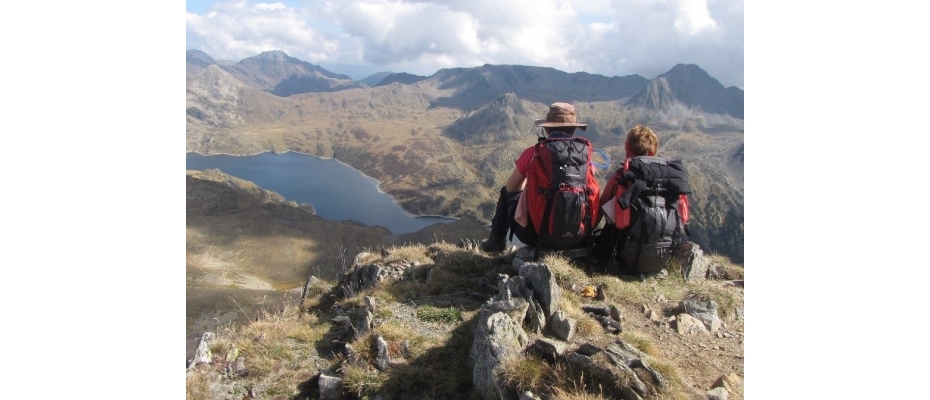
Barcelona, 18 January 2023.- A singular orography that has determined the establishment of administrative-religious boundaries, perpetuated unalterably for centuries, and the rigid social structure imposed by the Catholic Church over long periods of time have shaped the genetic structure of the population of the Catalan Pyrenees, according to the GENPIR study, which has analysed the genetic diversity of human populations in the territories of the Catalan Pyrenees. These findings have recently been published in the prestigious journal Frontiers in Genetics.
The study was initiated in 2010 by Professor Pedro Moral of the Faculty of Biology at the University of Barcelona and continued by Joan Fibla, from the University of Lleida and the Biomedical Research Institute of Lleida, and Oscar Lao, former researcher at the CNAG-CRG, now at CSIC-Barcelona. The results show that the rural populations of the Pyrenees present a unique genetic differentiation, where the limits established by the bishoprics and the orography have been social and physical barriers in the determination of their genetic profiles. The second author of the paper is Iago Maceda who was a PhD student in Oscar Lao’s group during the study and is currently a postdoctoral researcher in the Structural Genomics group of the CNAG-CRG
The research involved the recruitment of almost a thousand volunteer participants born in the Pyrenees. Of these, 397 samples were chosen corresponding to unrelated people whose parents and maternal and paternal grandparents were born in the Pyrenees ("eight Pyrenean surnames"). Once the DNA of each participant had been obtained, more than 800,000 genetic characteristics were identified, making it possible to obtain a high-resolution genetic profile of each subject.
"All human populations share the same genetic background and the difference between populations lies in the frequency with which certain characteristics are present in each of them," says Joan Fibla. "Geographical distance is a determining factor in the genetic differentiation between populations, which confirms the differences that can be observed between distant populations such as Asian and African populations or between African and European populations. Even so, close populations may show differences if there are geographical or socio-cultural barriers between them".
According to Oscar Lao, "our results confirm that the Catalan Pyrenees is within the genetic continuum of the Iberian Peninsula, following a longitudinal gradient also observed in the same region by other studies".
Work of reference:
Source: IRBLleida











